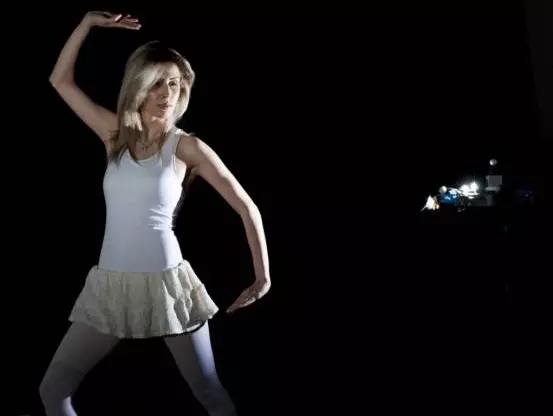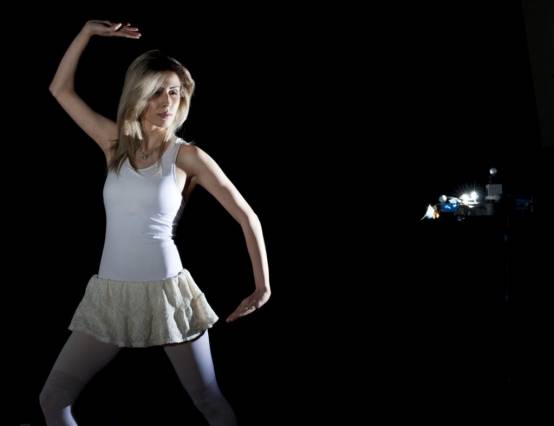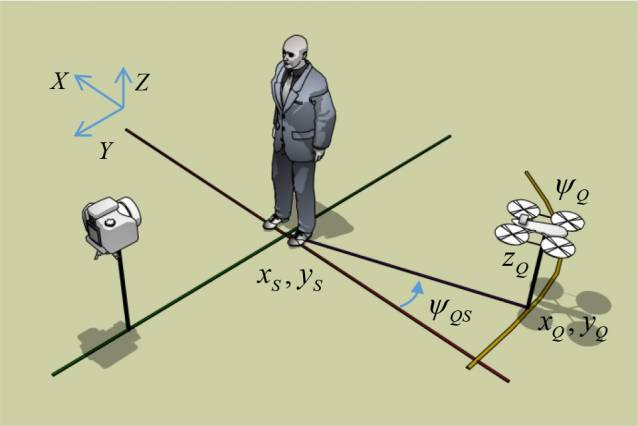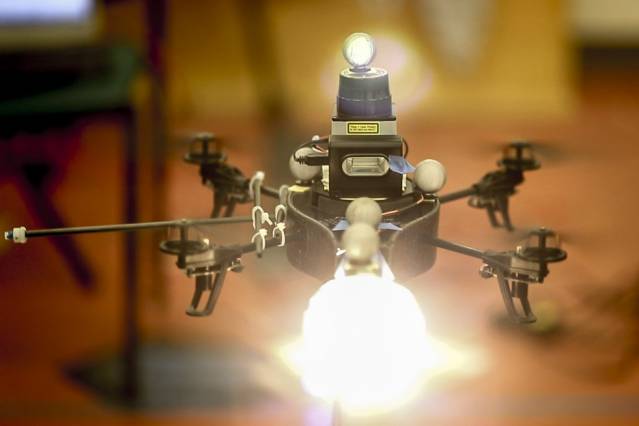Aerial Drones as Photographic Light
With the new system, the photographer indicates the direction from which the rim light should come, and the miniature helicopter flies to that side of the subject.

With the new system, the photographer indicates the direction from which the rim light should come, and the miniature helicopter flies to that side of the subject.

Lighting is crucial to the art of photography. But lights are cumbersome and time-consuming to set up, and outside the studio, it can be prohibitively difficult to position them where, ideally, they ought to go. Source: MIT
?
In Pic: The helicopter automatically adjusts its position to maintain the same lighting effect as the subject moves.

Researchers at MIT and Cornell University hope to change that by providing photographers with squadrons of small, light-equipped autonomous robots that automatically assume the positions necessary to produce lighting effects specified through a simple, intuitive, camera-mounted interface.
?
In Pic: Although the experiments took place in a motion-capture studio, the only measurement provided by the motion-captures system was the helicopter's horizontal position, which onboard sensors should be able to approximate adequately.

With the new system, the photographer indicates the direction from which the rim light should come, and the miniature helicopter flies to that side of the subject. The photographer then specifies the width of the rim as a percentage of its initial value, repeating that process until the desired effect is achieved.
?
In Pic: In the researchers' experiments, the robot helicopter was equipped with a continuous-light source, a photographic flash, and a laser rangefinder.
